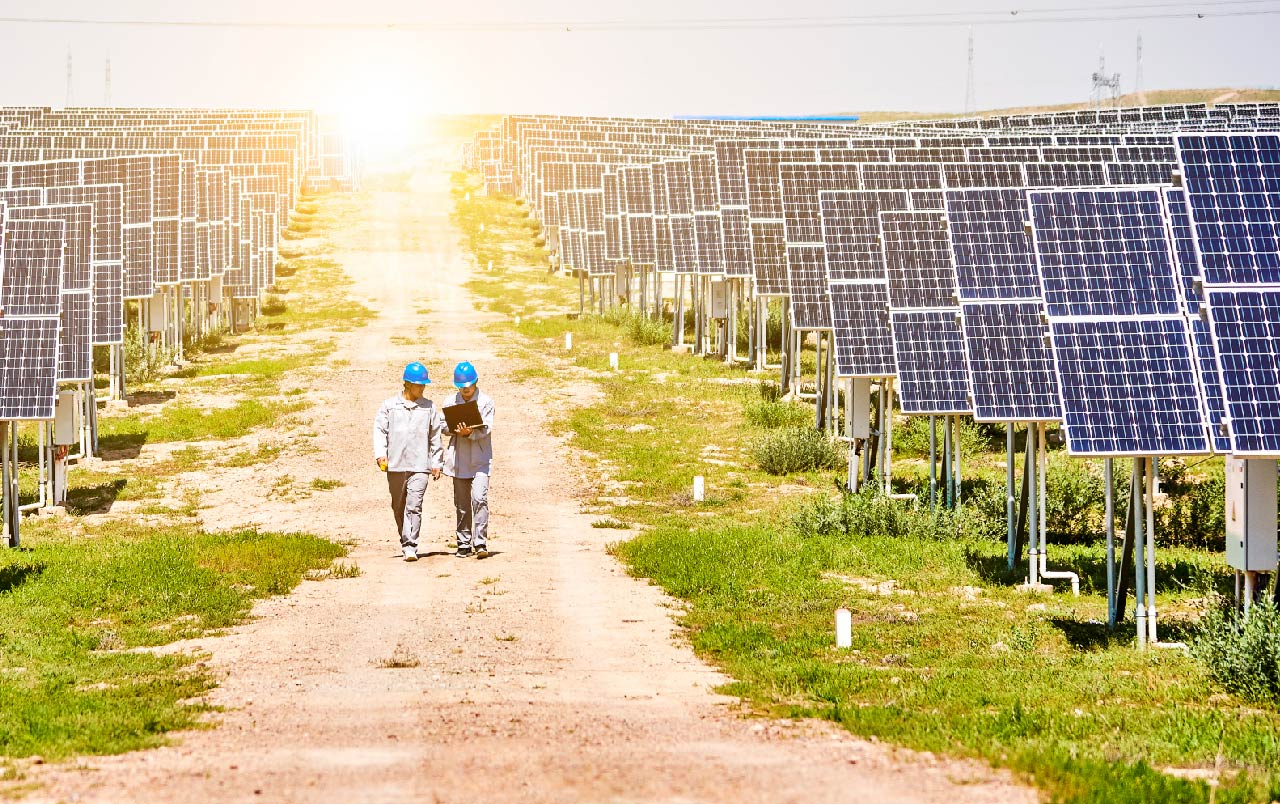With its aim to “ensure access to affordable, reliable, sustainable, and modern energy for all”, the United Nations Sustainable Development Goal 7 (Affordable and Clean Energy) echoes the overarching principle of the UN 2030 Agenda —‘ Leave No One Behind’.
Energy is central to almost every challenge we face today—security, climate change, food production, or job creation. Access to electricity brings concrete health benefits, besides an evident improvement in wellbeing. For the emerging economies in the Global South, universal access to energy can improve various areas. Among them are education, health, and productivity. Thus, energy is a key driver for rapid economic growth and poverty alleviation.
The Cost of No Electricity Access
Lack of electricity carries a considerable cost. It lowers agricultural and economic productivity, reduces opportunities for income generation, and affects the overall ability of a nation to improve its living conditions. Further, poor electricity access makes domestic chores more labour-intensive, inhibiting the participation of women and youth in the workforce. Lack of electricity is both a cause and a consequence of a country’s poor economic condition.
The electricity distribution companies are responsible for supplying the consumers with energy. As such, they have a central role in access expansion. However, constraints related to affordability and business profitability are critical barriers to the growth of electricity. For instance, in most countries in Africa, connecting an additional household is unprofitable. Given the high cost of connecting to new consumers, companies would need to invest more than they can recover, making it an unviable proposition. The COVID-19 pandemic has further exacerbated the situation. It is causing revenue losses to the distribution sector globally, pushing it farther away from pursuing universal access.
Building Robust Utilities
The electricity distribution sector’s financial viability and operational efficiency are the prerequisites for the effective delivery of SDG 7 by 2030.
Initiatives like performance-based rewards, targeted subsidies, corruption mitigation, and better data reporting can help. In addition, the following measures would improve the financial health and overall efficiency of distribution companies:
1. Future preparedness: The power sector is witnessing evolving frontiers on both the demand side (new loads, electric vehicles, and cooling) and the supply side (technology disruptions, integration of variable renewable energy, storage solutions). The future of the power sector will likely be decarbonised, decentralised, and digitalised. In such a scenario, the distribution sector needs to adapt to transparent and autonomous ownership models. It would help the industry be future–ready and achieve the goal of supplying reliable and quality power 24/7 to all and attaining net-zero emissions by 2050.
2. Bankable business model: Financial sustainability is linked to cost recovery (capital expenditure, operational expenses, and profit margin), and there is no other way to attain sustainability than with a good business model. An integrated least-cost plan should be developed so that distribution companies recover their cost without inflating consumer tariffs. It can be done by lowering the cost of power production by creating small to medium-sized projects and using RE instead of bulky and costly fossil fuels/conventional fuels-based plants. The political influence/politics should be delinked from the operations and tariff determination process to achieve cost-reflective tariffs and develop least-cost plans. The cost of power-sector resilience for long-term sustainability should also be factored in these least-cost plans.
3. Equitable financing: The funding institutions need to appreciate and correct the existing regional disparity in financing (mostly in African countries) to ensure fair allocation of resources. It is essential to see where the resources go and unlock private funding to countries that are not getting any. Another financing inequity that needs to be addressed relates to the power sector processes. While a significant amount of funds go into energy production (leading to over-capacity), the investment in infrastructure, grid extension, transmission lines, etc., is poor. To improve the overall efficiency, we need to look beyond generation.
4. Balancing the welfare aspect and understanding consumer behaviour: It is important to remember that in most developing countries, electricity production and distribution is a social-commercial business (also a political one). As such, welfare is a necessary part of it. The challenge is to make the welfare aspect less distortionary and to de-risk the business. At the same time, service companies need to understand their customers so that the decisions regarding metering and billing, etc., are well-taken.
5. Correcting region-specific anomalies: For making electricity more accessible at the global level, addressing the unique problems of regions is crucial. For example, the distribution sector in the Sub-Saharan region is marred with debts due to the excessive signing of Power Purchase Agreements (PPAs). Similarly, in countries like Bangladesh and Pakistan, there is over-capacity. Driven by over-optimistic demand estimates, it endangers affordability and stresses the sector further. These trends need to be understood and corrected jointly by policymakers, financing institutions, and power sector stakeholders.
The Bottom Line
According to Tracking SDG 7: The Energy Progress Report (2020), almost 620 million people will remain without access to electricity in 2030 if urgent collective measures to expedite universal access to clean energy are not taken. This number could go up in the aftermath of the pandemic. Utilities drive energy generation, delivery, and access expansion. Making them financially sustainable will be imperative for achieving this.


